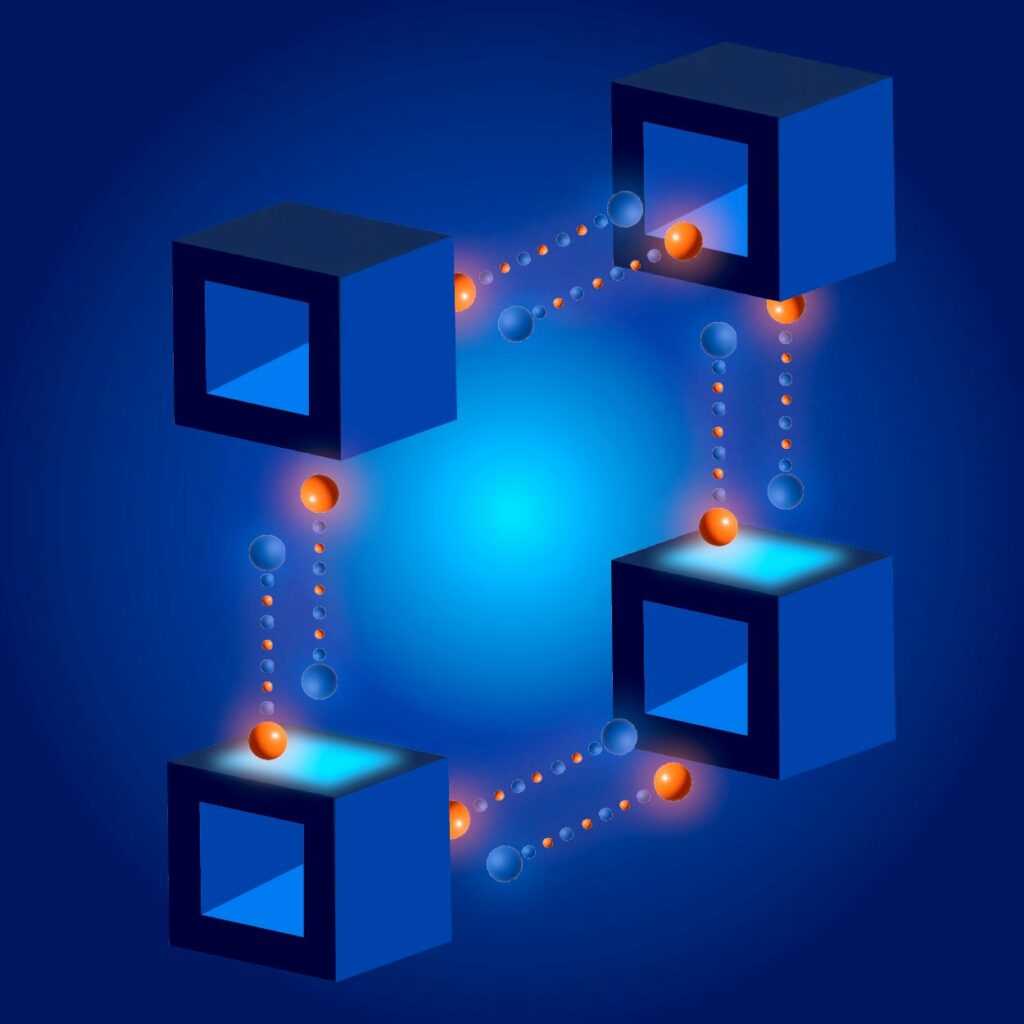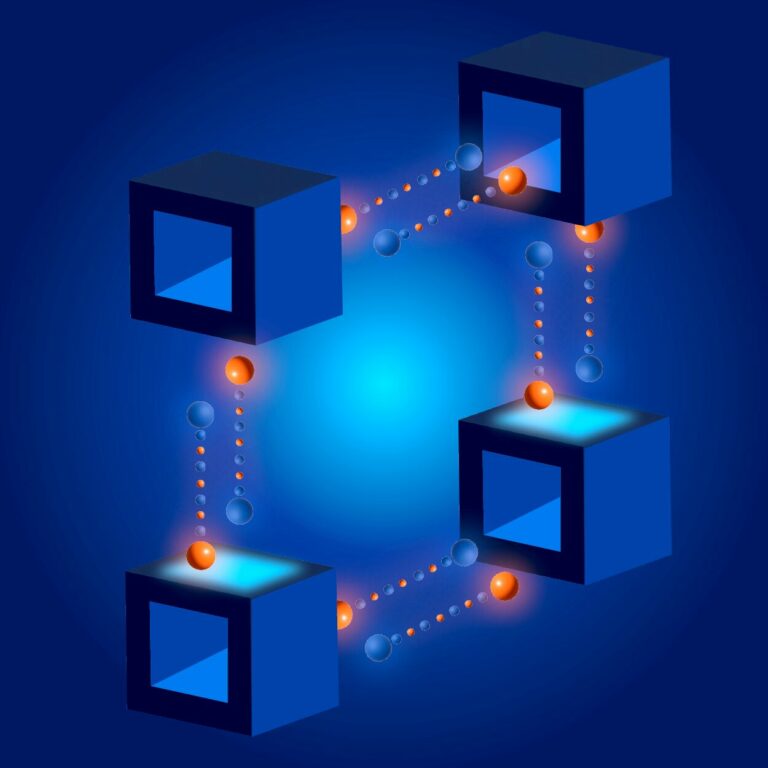Scientists Define Criteria for Nonlocal Quantum Behavior in Networks
A novel theoretical study establishes a framework for comprehending nonlocality, a crucial feature in quantum networks enabling operations beyond the reach of conventional communication technology. This research delineates the conditions required to generate systems with robust quantum correlations by refining the concept of nonlocality.
Published in Physical Review Letters, the study employs techniques from quantum computing theory to create a new classification system for quantum nonlocality. This not only unifies previous investigations of the concept into a cohesive framework but also enables the proof that networked quantum systems can exhibit nonlocality only if they possess a specific set of quantum features.

“While quantum computing and nonlocality in quantum networks may seem different on the surface, our study shows that, in certain ways, they are two sides of the same coin,” said Eric Chitambar, the project lead and a professor of electrical and computer engineering at the University of Illinois Urbana-Champaign. “In particular, they require the same fundamental set of quantum operations to deliver effects that cannot be replicated with classical technology.”
Nonlocality emerges from entanglement, where quantum objects exhibit strong connections even when physically separated over great distances. When entangled objects perform quantum operations, the results display statistical correlations that defy explanation through non-quantum means, defining them as nonlocal. Understanding nonlocality is crucial for ensuring that quantum networks can perform genuinely quantum functions.
To explore nonlocality, Chitambar and physics graduate student Amanda Gatto Lamas applied the formalism of quantum resource theory, treating nonlocality as a “resource” to be managed. This framework allowed them to view past studies of nonlocality as variations of the same concept, albeit with different restrictions on the resource’s availability. This approach facilitated the proof of their main result, asserting that nonlocality can only be achieved with a limited set of quantum operations. “Our result is the quantum network analogue to an important quantum computing result called the Gottesman-Knill theorem,” explained Gatto Lamas. “
While Gottesman-Knill clearly defines what a quantum computer must do to surpass a classical one, we show that a quantum network must be constructed with a particular set of operations to do things that a standard communications network cannot.” Chitambar anticipates that the framework will not only aid in developing criteria to evaluate a quantum network’s quality based on the degree of nonlocality but also expand the concept of nonlocality itself.
This article is republished from PhysORG under a Creative Commons license. Read the original article.
Do not forget to share your opinion with us to provide you with the best posts !




0 Comments